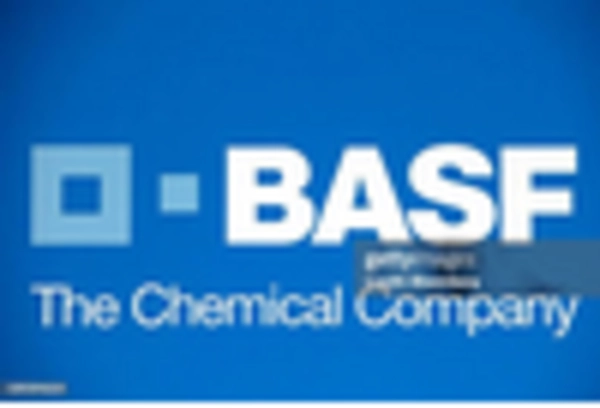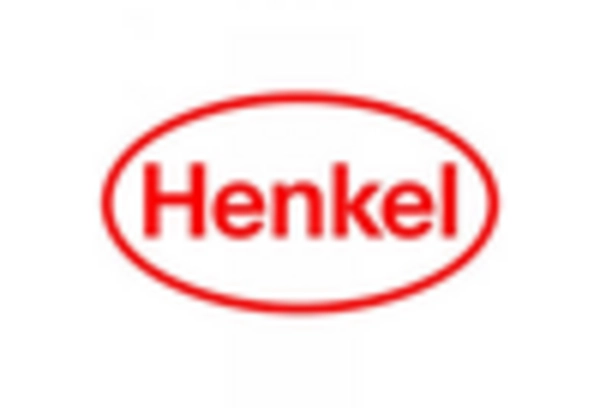Rising Infrastructure Investment
The construction repair-composites market is experiencing a surge in demand due to increased investment in infrastructure across the United States. Government initiatives aimed at upgrading aging infrastructure, such as bridges, roads, and public buildings, are driving the need for durable and efficient repair solutions. In 2025, federal and state budgets allocated approximately $1 trillion for infrastructure projects, which is expected to boost the construction repair-composites market significantly. This investment not only enhances the longevity of existing structures but also creates opportunities for innovative composite materials that can withstand harsh environmental conditions. As infrastructure projects proliferate, the construction repair-composites market is likely to see a corresponding rise in demand for advanced repair solutions that offer both performance and sustainability.
Increased Focus on Safety Standards
The construction repair-composites market is witnessing a heightened emphasis on safety standards and regulations. As construction projects become more complex, the need for materials that comply with stringent safety requirements is paramount. Regulatory bodies in the United States are implementing more rigorous testing and certification processes for construction materials, which directly impacts the construction repair-composites market. In 2025, it is anticipated that compliance with safety standards will drive a 20% increase in the adoption of certified composite materials. This focus on safety not only protects workers and end-users but also enhances the reputation of manufacturers who prioritize quality and compliance in their product offerings.
Growing Demand for Lightweight Materials
The construction repair-composites market is increasingly influenced by the demand for lightweight materials that enhance structural efficiency. As construction practices evolve, there is a notable shift towards materials that reduce overall weight without compromising strength. Composites, known for their high strength-to-weight ratio, are becoming the preferred choice for repair applications in various sectors, including residential, commercial, and industrial construction. In 2025, the market for lightweight composites is projected to grow by approximately 15%, driven by their ability to improve fuel efficiency in transportation and reduce material costs. This trend indicates a significant opportunity for manufacturers in the construction repair-composites market to innovate and develop products that meet the evolving needs of the industry.
Environmental Concerns and Sustainable Practices
The construction repair-composites market is increasingly shaped by environmental concerns and the push for sustainable practices. As awareness of climate change and resource depletion grows, there is a significant shift towards eco-friendly materials and construction methods. In 2025, it is projected that the demand for sustainable composites will rise by 18%, driven by both consumer preferences and regulatory pressures. Manufacturers are responding by developing bio-based composites and recyclable materials that minimize environmental impact. This trend not only aligns with global sustainability goals but also presents a lucrative opportunity for the construction repair-composites market to innovate and lead in the development of environmentally responsible solutions.
Technological Innovations in Composite Materials
The construction repair-composites market is benefiting from rapid technological innovations that enhance the performance and application of composite materials. Advances in manufacturing processes, such as 3D printing and nanotechnology, are enabling the development of composites with superior properties, including increased durability and resistance to environmental factors. In 2025, the market is expected to see a growth rate of 12% as new technologies facilitate the creation of customized repair solutions tailored to specific construction needs. These innovations not only improve the efficiency of repair processes but also expand the range of applications for composites in the construction sector, thereby driving market growth.

















Leave a Comment